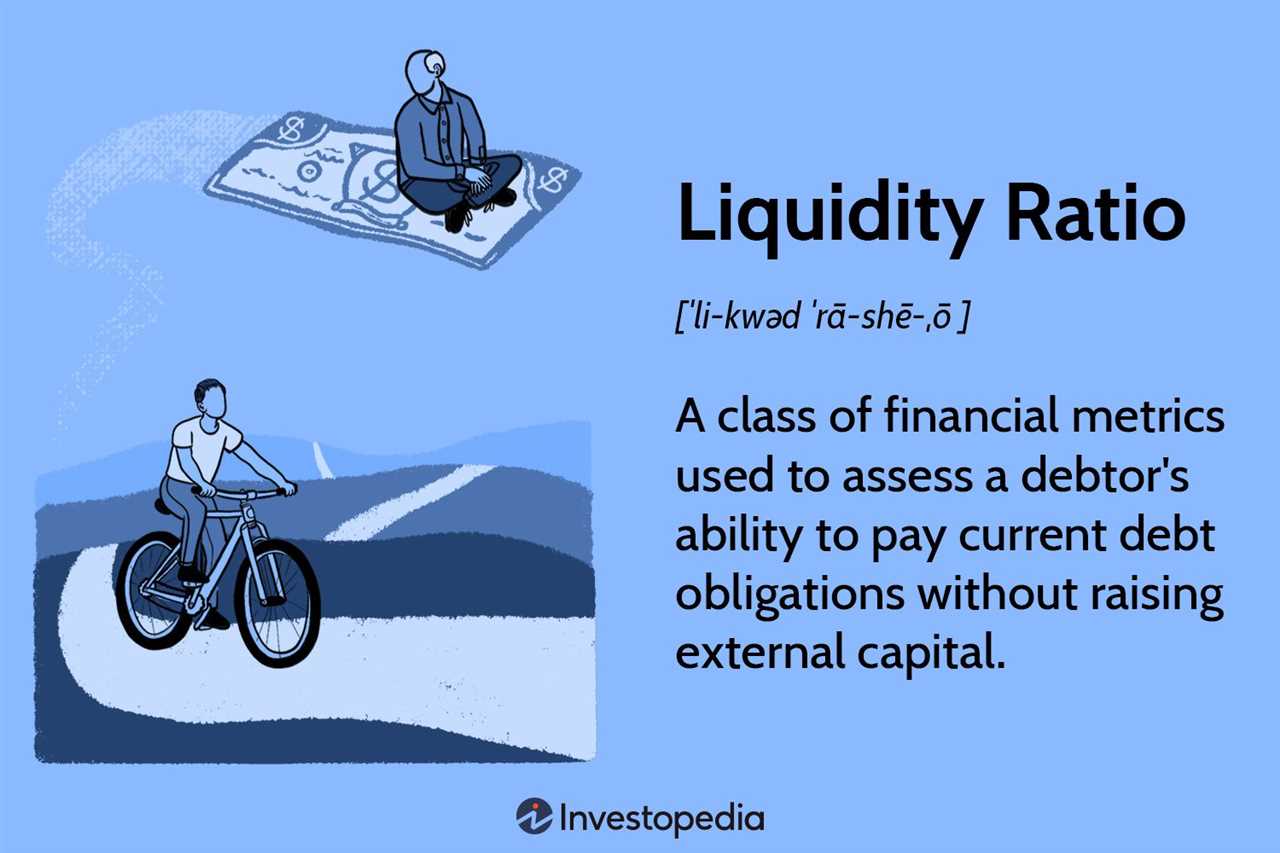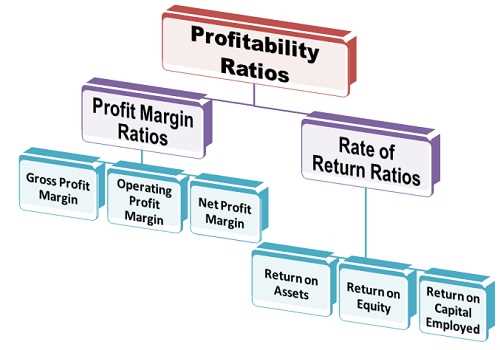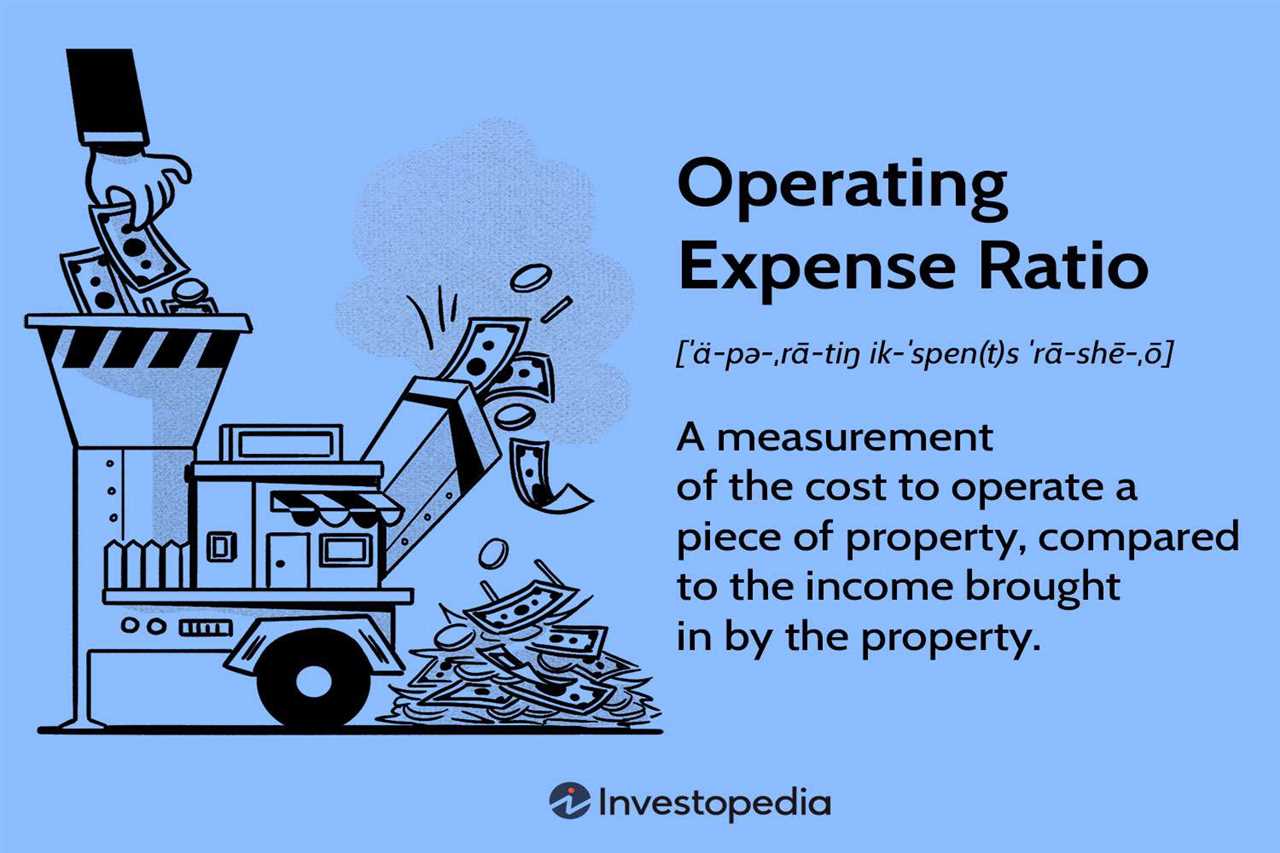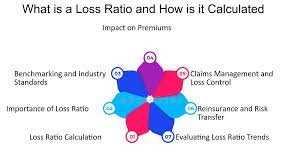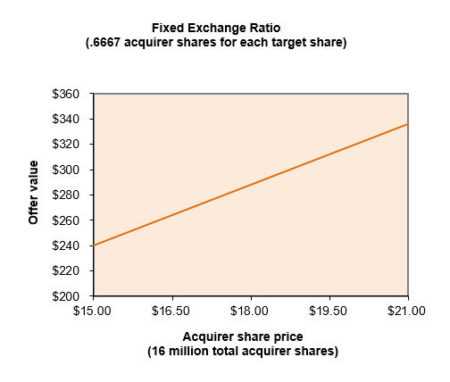Understanding Value at Risk and How It’s Computed
What is Value at Risk? Value at Risk (VaR) is a statistical measure used to quantify the level of financial risk within an investment portfolio or a business. It provides an estimate of the maximum potential loss that an investment or business may experience over a given time period, with … …




